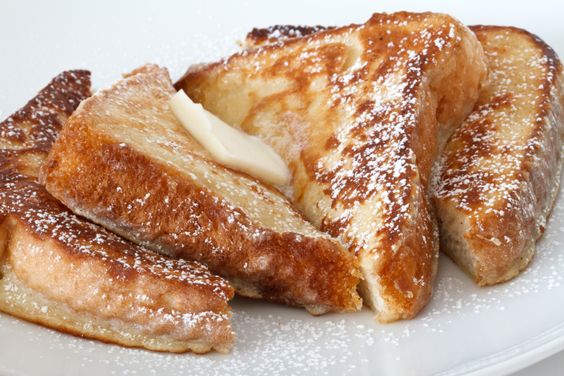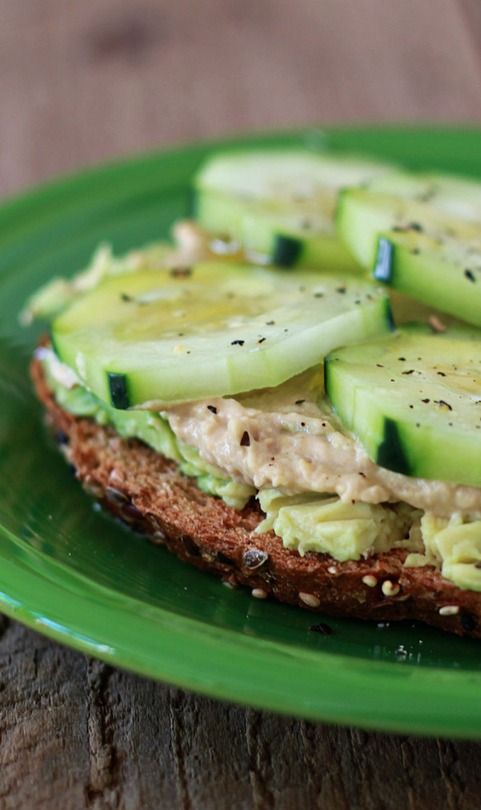Sprouted Bread - Trend or Staple?
Sprouted Grain
Sprouted bread is a growing trend among health enthusiasts and those who suffer with a gluten intolerance. I was drawn to sprouted bread by my trainer. I was having a difficult time incorporating healthy carbs and grains in my diet. So Kev, my trainer, recommended I buy Ezekial bread. He suggested I eat 2 slices toasted with peanut butter as a preworkout meal. I was an immediate skeptic of this suggestion. When I went to purchase the bread, I stood in front of the freezer thinking, "How would it taste?", "What's the texture?", "WHY IS IT SO EXPENSIVE?". I took a deep breathe and purchased the bread and followed his advice. Once I took the plunge, I never looked back. Let's take a dive into this "new" bread.
What is sprouted bread?
“Take thou also unto thee wheat, and barley, and beans, and lentiles, and millet, and fitches, and put them in one vessel, and make thee bread thereof, according to the number of the days that thou shalt lie upon thy side, three hundred and ninety days shalt thou eat thereof … — Ezekiel 4:9 ”
Sprouted bread has a very long tradition that stems back to the the Israelites. There’s a scripture in the bible that describes how to prepare sprouted bread using the grains wheat, barley, beans, lentils, millet and fitches. The passage was intended for the Israelites who would be in exile for 390 days
Other cultures have made similar breads adding their own twist to the recipe. The Hebrews created Essence bread that dates back thousands of years.
What makes it so healthy?
Before the sprouted grain and seed are used, it is a living food that produces enzymes. Enzymes are released during the sprouting process, which break down proteins and carbohydrates. This process helps make sprouted grain food low glycemic and easier to digest. The body has difficult time digesting grains resulting in the body losing valuable nutrients. Because of the enzymes produced, sprouted grain bread provides the body with grain that has already been broken down. This allows for nutrients to be absorbed immediately into the body, and are not lost in the digestive process. Sprouted bread is also offer a reduced preservative option.
It's widely believed that whole wheat bread is healthier than white bread both consisting of flour. When adding sprouting grains to this comparison, you will have to consider the baking process. Due to its baking process, sprouting grains and seeds produces living, nutrient-rich food. The low manipulation of the grains will provide more protein, vitamins and minerals than refined flours.
Nutritional Breakdown
Ezekiel 4:9 Sesame Sprouted Whole Grain Bread
1 slice: 80 calories, 0.5 g fat, 0 g sat fat, 80 mg sodium, 14 g carbs, 3 g fiber, 0 g sugar, 4 g protein
The Process
How to Identify healthy sprouted bread?
When selecting a sprouted bread, you should identify the following:
Whole grain content - Identify the percentage of grains listed as 'sprouted'. To get a texture closer to conventional bread, it should contain at least 50% of sprouted grains.
Storage instructions - Most 'all natural' sprouted bread are refrigerated. Non-refrigerated versions may contain preservatives that allow them to last longer at room temperature.
Ways to eat sprouted bread
As mentioned above, most all natural sprouted bread requires refrigeration. You will need to keep this in mind when deciding on your meal. When preparing your sprouted bread, I recommend toasting your sprouted bread to a nice crisp. I believe this enhances the flavor. Below are a few recipes I have used with Ezekiel Sprouted Bread
French Toast Ezekiel Bread French Toast Recipe
Avocado Toast
Toasted with peanut butter (pre or post workout)





